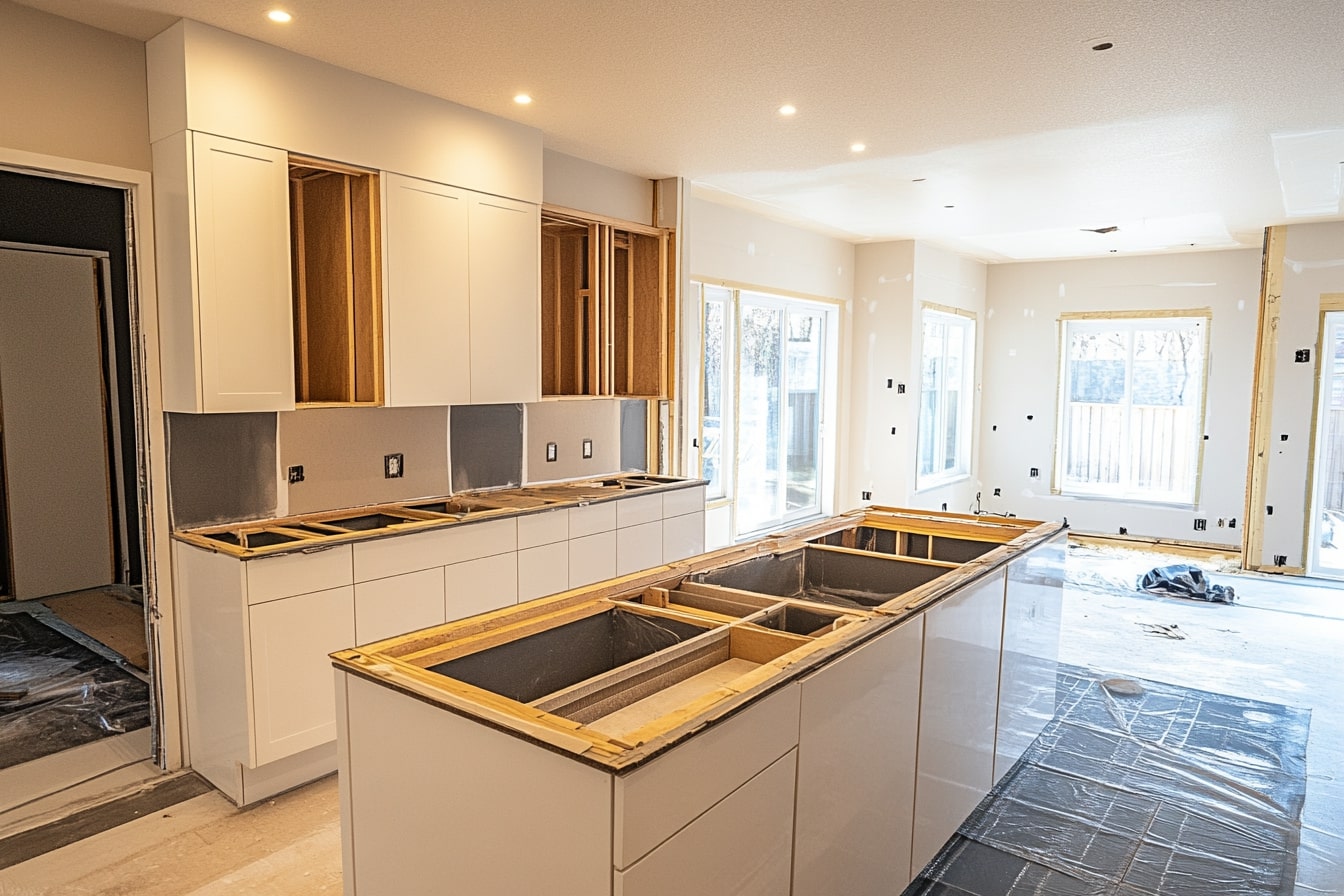Transform Your Home: Complete Remodeling & Renovation Guide
Ready to refresh your living space? This in-depth remodeling guide helps homeowners plan and execute kitchen and bathroom upgrades, estimate costs and ROI, choose reliable contractors, and manage projects from design to completion. Learn practical tips for modern layouts, energy-efficient choices, and budgeting to maximize comfort and property value.

Revitalizing your home through remodeling can enhance comfort, functionality, and resale value. Whether you’re updating a single room or reworking an entire house, careful planning and informed decisions are key. The sections below focus on kitchen and bathroom priorities, budget and ROI considerations, hiring the right professionals, and staying on top of the project from start to finish.
Kitchen Remodeling Essentials
The kitchen remains one of the most sought-after renovation projects because it blends daily utility with high return potential. Begin by designing an efficient work pattern—often called the kitchen triangle—which arranges the sink, stove, and refrigerator so movement between them is smooth and logical. This layout is still a reliable baseline for workflow, whether you have a compact galley kitchen or an open-plan space.
Invest in long-lasting, low-maintenance materials. Choose durable countertops such as quartz or solid-surface options, and pick cabinet finishes that stand up to moisture and frequent use. Upgrading to energy-efficient appliances reduces utility bills and appeals to buyers. Consider incorporating a central island if space allows; islands add prep space, seating, and storage, and they often become a home’s focal point.
Lighting is critical in kitchens: layer ambient, task, and accent lighting to illuminate work areas and create atmosphere. Also look into smart appliances and controls—smart ovens, connected refrigerators, and integrated lighting systems can improve convenience and future-proof your space. Finally, prioritize storage solutions like deep drawers, pull-out pantry shelving, and built-in organizers to keep countertops uncluttered and functional.
Bathroom Renovation Strategies
A well-designed bathroom upgrade can make daily routines more enjoyable and significantly boost home value. Start with the basics: ensure proper ventilation to control humidity and prevent mold, and select water-resistant materials such as porcelain tile, waterproof wall panels, and moisture-tolerant paint.
Modern bathrooms lean toward spa-like environments. Popular elements include walk-in showers with frameless glass, soaking tubs where space permits, and dual vanities that help morning routines run smoothly. Water-efficient fixtures—low-flow toilets, faucet aerators, and efficient showerheads—lower monthly bills and appeal to environmentally conscious buyers.
Good lighting matters in bathrooms too: combine bright, shadow-free task lighting around mirrors with softer ambient fixtures for relaxation. Focus on layouts that balance comfort and accessibility, and consider universal design features like curbless showers or grab-bar-ready walls if aging-in-place is a priority.
Cost Considerations and ROI
Renovation costs vary widely depending on project scale, materials, and regional labor rates. Below is a typical cost range and expected return on investment for common projects. Use these figures as a starting point for budgeting; regional markets and project specifics will affect actual outcomes.
| Project Type | Average Cost Range | Potential ROI |
|---|---|---|
| Kitchen Remodel | $25,000 - $65,000 | 60-80% |
| Bathroom Remodel | $10,000 - $30,000 | 60-80% |
| Room Addition | $20,000 - $75,000 | 50-70% |
| Whole House Renovation | $150,000 - $450,000 | 50-75% |
Prices, rates, or cost estimates mentioned in this article are based on the latest available information but may change over time. Independent research is advised before making financial decisions.
When estimating your budget, include not only materials and labor but also permits, design fees, and a contingency reserve. For most projects, setting aside an extra 10–20% over the initial budget helps manage unforeseen issues such as hidden structural repairs or code-related upgrades.
Selecting the Right Contractors
The professionals you hire will heavily influence the quality, timeline, and cost of your remodel. Start by soliciting multiple bids to compare pricing, timelines, and suggestions. Verify each contractor’s credentials: check licenses, insurance certificates, and bonding if relevant. Ask for references and view recent work or client testimonials when possible.
For complex or multi-trade projects, consider working with a general contractor who oversees subcontractors and handles scheduling, permits, and inspections. Even with a reputable contractor, require a detailed written contract that outlines the full scope of work, a clear timeline, payment milestones, materials specifications, and warranty information. Clear contracts reduce misunderstandings and protect both parties.
Managing Your Remodeling Project
Active project management keeps a renovation on track. Establish a realistic schedule with milestones and regular check-ins so you can address issues early. Hold brief progress meetings or calls with your contractor weekly or at agreed milestones to review completed work, upcoming tasks, and any changes.
Document all decisions in writing and keep receipts, change orders, and product specifications organized. Change orders should be signed and dated, and their cost impacts tracked. Maintain a contingency fund of 10–20% above your initial budget for surprises like hidden water damage, electrical upgrades, or structural fixes.
Be considerate of neighbors by sharing timelines and expected disruptions, and insist that contractors maintain a clean, safe worksite. Protect finished areas with dust barriers and use temporary measures to preserve livable spaces if you remain in the home during work.
A thoughtful remodeling approach—rooted in smart design, realistic budgeting, careful contractor selection, and proactive management—can transform your living space into a more comfortable, functional, and valuable home. With the right preparation and team, you’ll minimize stress and maximize the benefits of your investment.






